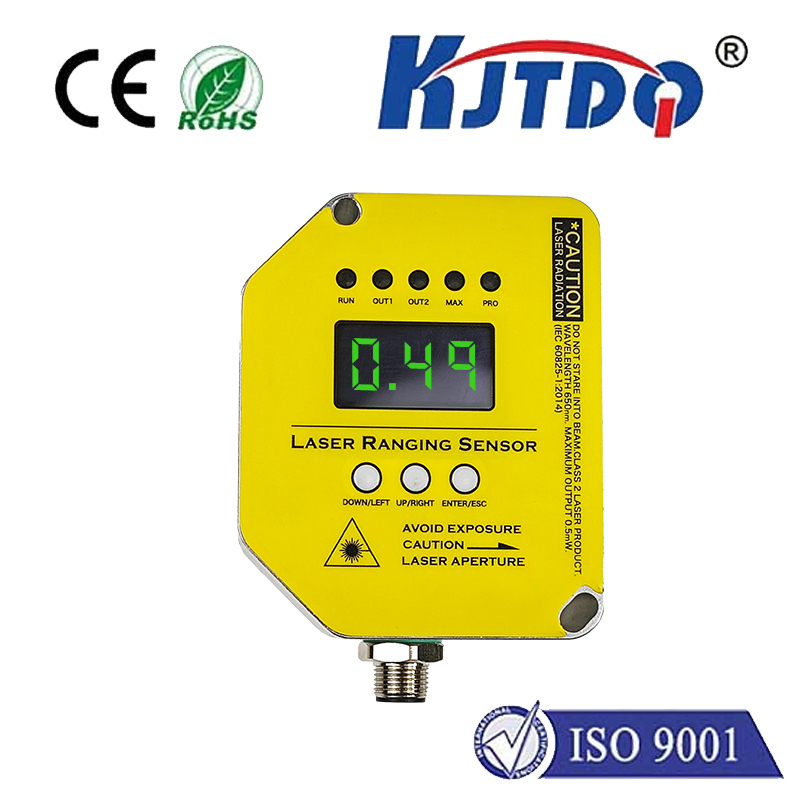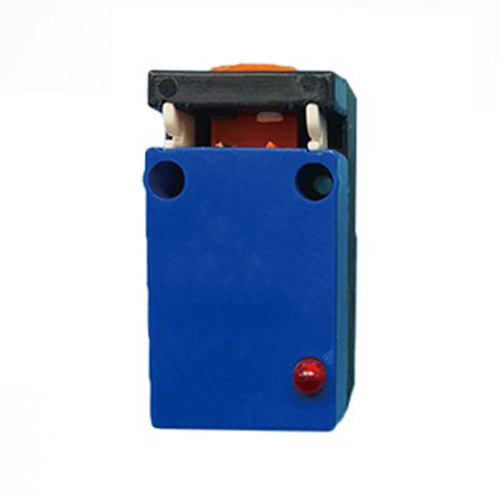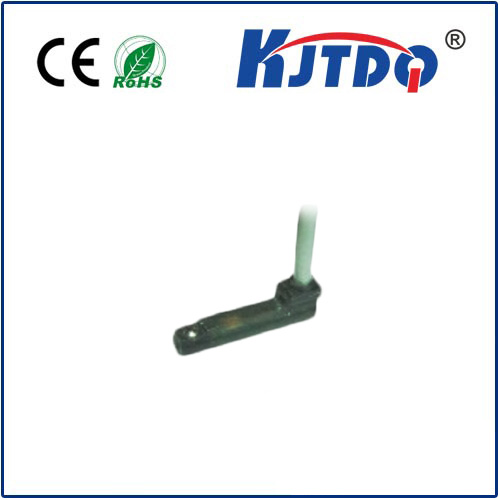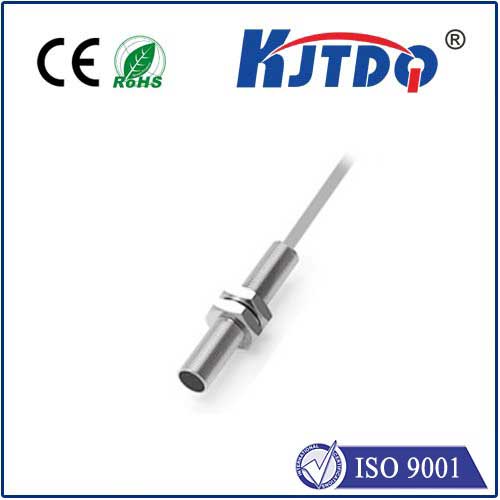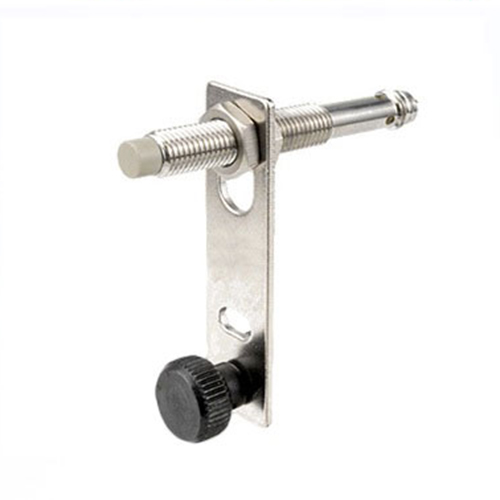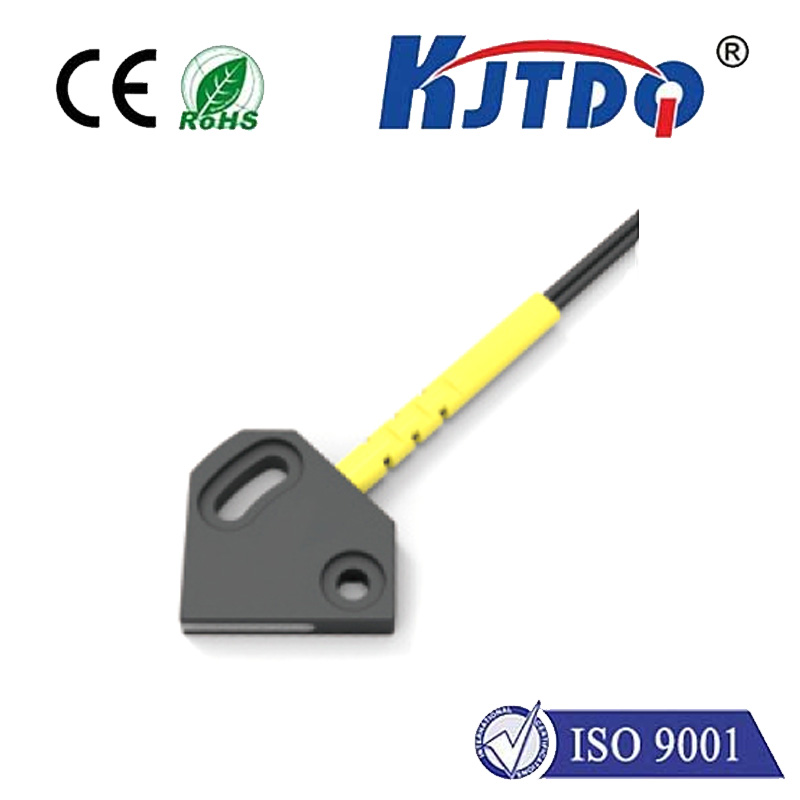

check

check

check

check

check

check

check

check

check

check
Inductive sensors have come a long way since their inception. From simple magnetic-field sensors to complex devices that can detect and measure a wide range of physical parameters, these sensors have revolutionized the field of industrial automation and data collection. This article will provide a comprehensive overview of the evolution of inductive sensors, focusing on their history, types, and applications in modern industry.
The Early Days of Inductive Sensors: Magnetic Fields and Simple Detectors
The concept of an inductive sensor can be traced back to the early 19th century, when scientists first realized that a changing magnetic field could generate an electrical current. However, it was not until the development of the telephone by Alexander Graham Bell in the late 1800s that the practical application of these ideas began to emerge. Bell's telephone used a series of coiled wires that produced an alternating current (AC) when a caller's voice caused a change in the magnetic field around the phone.
As the technology behind inductive sensors continued to mature, so did their capabilities. In the mid-20th century, researchers developed a new type of inductive sensor known as a variable magnetic field sensor (VMS). These sensors were capable of measuring changes in both magnitude and direction of a magnetic field, making them highly versatile and useful in a wide range of industrial applications.
Types of Inductive Sensors: Multilevel and Single-Level
Inductive sensors are typically classified into two basic types: multilevel and single-level. Multilevel sensors are designed to detect changes in the strength or polarity of the magnetic field, while single-level sensors only respond to a complete shift in the magnetic field.
Multilevel sensors are commonly used in applications where precise measurement is required, such as in industrial control systems where multiple processes must be monitored simultaneously. They are also frequently used in automotive engineering, where they can be used to detect issues with engine performance or emissions.
Single-level sensors are less complex than multilevel sensors but are still highly effective for many applications. They are often used as standalone detectors or as part of a more complex system that includes additional hardware and software components.
Applications of Inductive Sensors in Industrial Automation
Inductive sensors have become an essential component of industrial automation systems around the world. They are widely used in a variety of manufacturing processes, including metalworking, plastics processing, and food packaging. Some common applications include:
1. Positioning: Inductive sensors can be used to determine the position and orientation of machinery components within a factory or warehouse. This information can be used to optimize production processes and ensure that products are manufactured consistently.
2. Load Monitoring: Inductive sensors can be used to monitor the weight or force applied to machinery components. This information can be used to detect issues with equipment integrity or to optimize load handling processes.
3. Flow Control: Inductive sensors can be used to monitor the flow rate or pressure of fluids within pipes and other conveyances. This information can be used to optimize fluid management processes and prevent leaks or other problems.
Conclusion: The Future of Inductive Sensors
Despite significant advancements in recent years, there is still much room for improvement in the design and functionality of inductive sensors. As research continues in this area, we can expect to see new developments that make these devices even more reliable, accurate, and versatile. For example, ongoing efforts to develop new materials and coatings for sensor coils hold promise for improving their sensitivity and durability over time. Additionally, advances in artificial intelligence and machine learning may lead to new applications for inductive sensors beyond traditional industrial automation systems. Ultimately, the future of inductive sensors looks bright, with countless opportunities for innovation and growth in this exciting field.




